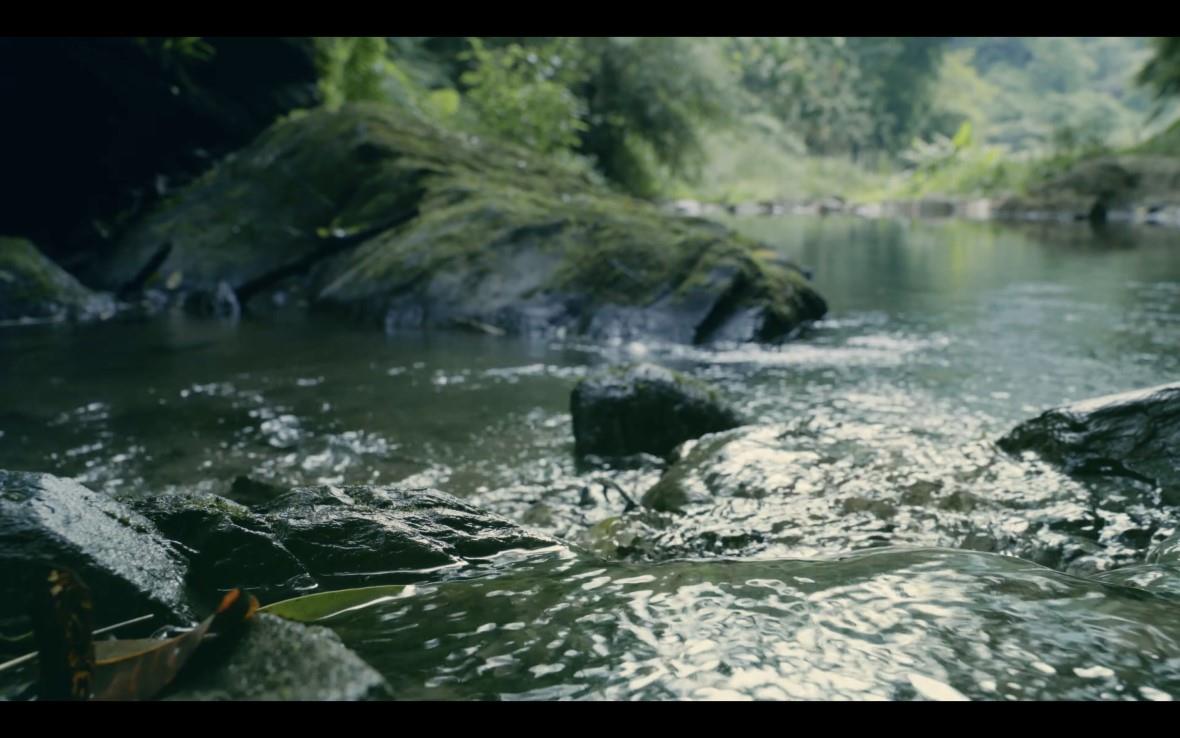馬太鞍 Fata'an
"That was the spot where people pray for rain at CIlifenam. That mountain is called Saluma'an. It is cultivated by our ancestors. Cacura'an, the highest mountain, was where our ancestors came from. Later they migrated to..."
In this project, I always tried to absorb the names and places told by the elders. I was not quite sure where these places were although they sound familiar. The elders used a mixture of native language and Chinese, collective memories and personal life experiences. I gradually became clearer after I navigated these places through the river in Satefo Creek.


.jpg)

.jpg)
.jpg)
.jpg)
.jpg)
.jpg)
.jpg)
_21082518101422330.jpg)
_21082518101720887.jpg)
_21082518102189532.jpg)
_21082518301713751.jpg)
_21082518301988738.jpg)
_21082518302324770.jpg)
.jpg)
_21082518412108547.jpg)
_21082518412468110.jpg)
.jpg)